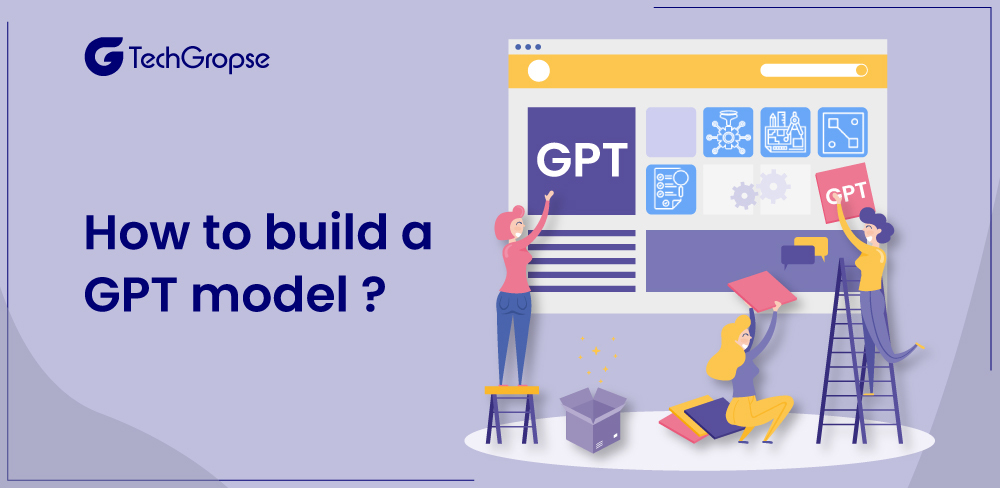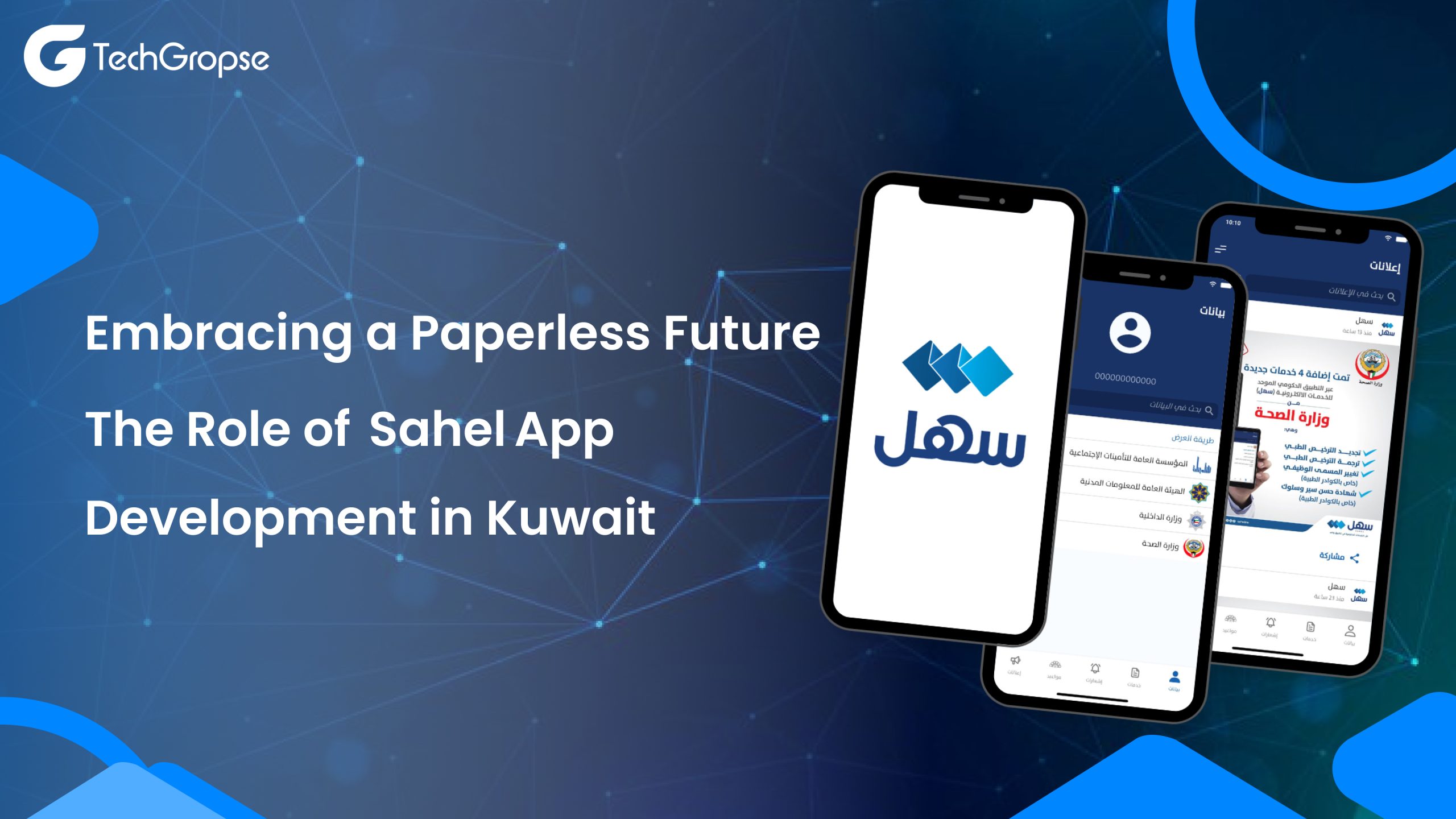Usually, GPT is a language generation model developed by OpenAI that can generate human-like text. It is trained on a large dataset of human-generated text and can generate text that is challenging to distinguish from written text. You know that integrating Generative Pre-trained Transformer models into virtual assistants and chatbots boosts their capabilities. It is a good idea to build a GPT model.
You know the GPT model can perform various NLP tasks such as textual entailment, question-answering, text summarization, etc. Furthermore, these language models need a few examples to understand tasks. A report shows that the NLP market size value was $10 billion in 2022, which may grow to $40 billion by 2025. Therefore, the demand for GPT models is a major contributor to this growth.
Generally, there are many GPT models in which GPT 3 is most trained. It has 175 billion learning parameters, making it ten times more powerful than any language model. The best part of GPT is that it can easily perform tasks without extensive tuning, it needs little textual interactional demonstration, and the model does the rest.
The GPT model can make life more convenient by performing language translation, question answering, text summarization, chatbot integration, content generation, sentiment analysis, text-to-speech synthesis, and many more. But the question is how to build a GPT model. Do you have the same concern? In this blog, we will delve into all aspects of the GPT model and discuss the steps required to craft the GPT model.
What is a GPT Model?
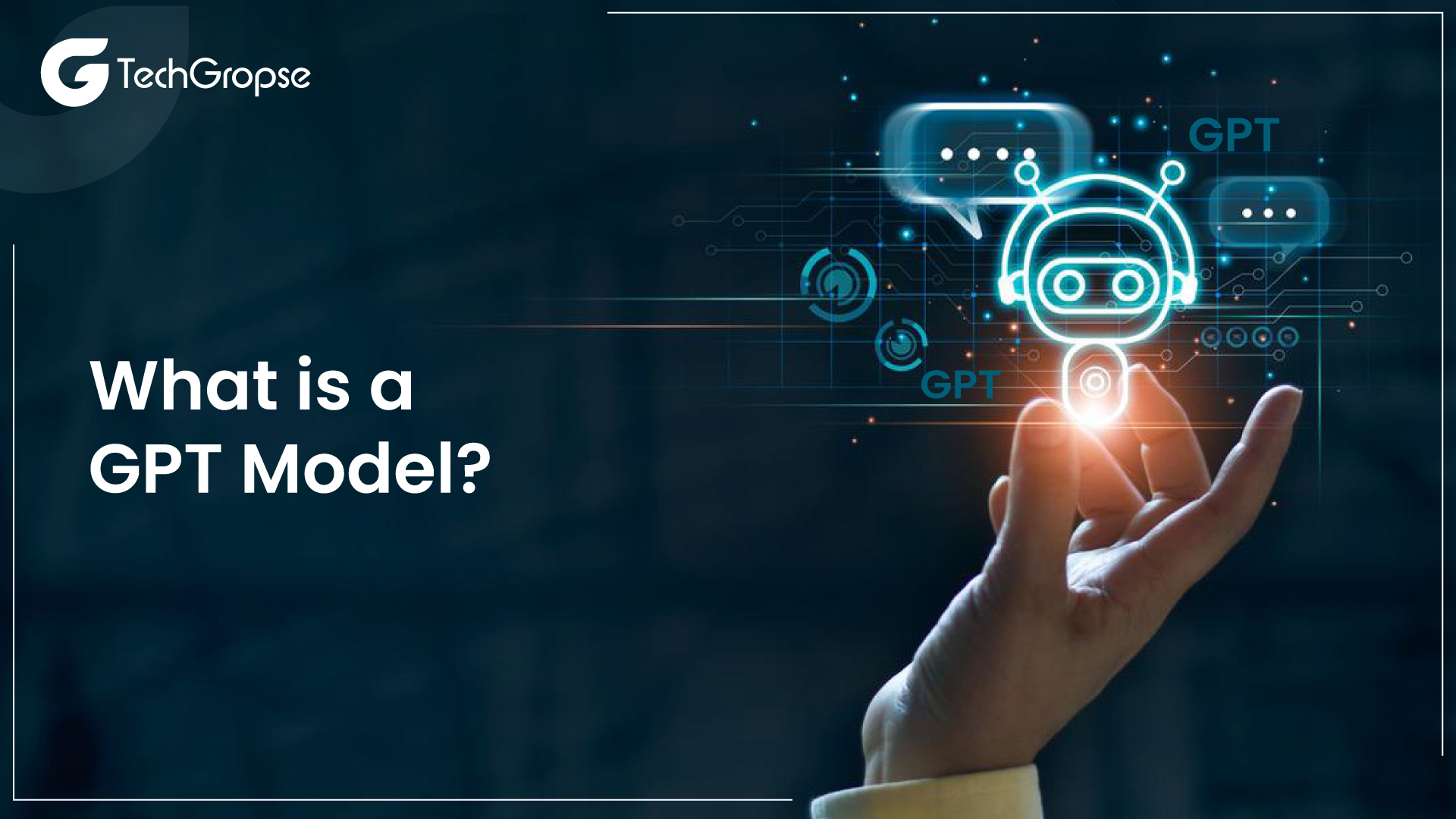
We all know that GPT stands for Generative Pre-trained Transformer, the first generalised language model in NPL. Usually, these language models were only designed for single tasks such as summarization, text generation, or classification. This model uses both natural language generation and natural language processing in order to understand and generate natural human language text.
It is really challenging to understand the language of machines to human beings, but GPT is trained to generate realistic human text. Nowadays, it can be used to create poetry, articles, news reports and dialogue using a small amount of input text that can be used to produce large amounts of copy. The best thing about the GPT model is that it has three components, Generative, Pre-Trained and Transformer, and understands what they mean. Let’s check these components:
- Generative
Generative models are a type of statistical model that is used to produce new data points. You know that these models learn the underlying relationship between variables in a dataset to produce new data points similar to those in the dataset.
- Pre-Trained
This model is already trained on a large dataset. Simply, it allows them to be used for tasks requiring time to train a model from scratch. You know that a pre-trained model may not be accurate 100%, but it saves time and improves performance.
- Transformer
The transformer model is always famous for being designed to handle sequential data such as text. This model is often used for tasks like text classification and machine translation.
In simple terms, GPT performs various NLP tasks with high accuracy. However, it depends on the large datasets it was trained on, and its architecture or billion parameters allow it to understand the logical connections within the data. You know that GPT models, such as the latest GPT-3 model, are trained using text from five large datasets. It means it can do NLP tasks instantly and without any examples of data. So, it is an excellent choice to build a GPT model.
Benefits of Using OpenAI GPT Models
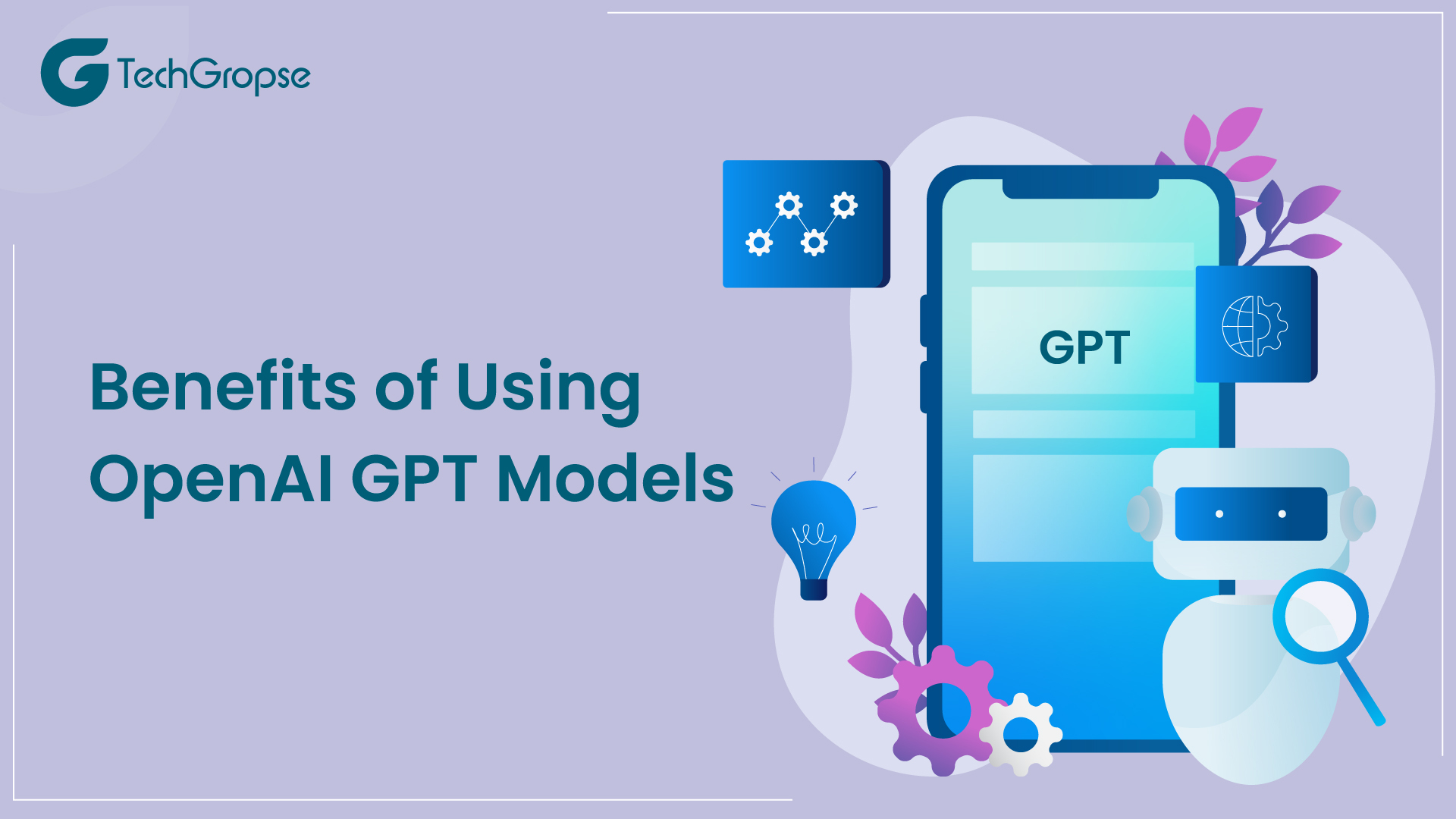
We all know that OpenAI GPT Models have gained huge popularity over the years as they provide a wide range of business advantages. Generally, GPT models are a powerful tool for businesses to streamline their operations and improve their bottom line. With the help of this, businesses can increase efficiency, drive innovation and stay ahead of the curve.
There are lots of advantages to the GPT model. If you want to know about them, read out the following points:
1. Natural Language Processing
Natural language processing is usually a field of AI that deals with the interaction between computers and human languages. OpenAI GPT models are explicitly designed in order to handle NLP tasks with great efficiency and accuracy. As we know that NLP is an important component of custom software development as it allows computers to interpret, understand and generate human language.
The great thing about OpenAI GPt models is that they use a unique combination of deep learning algorithms and vast amounts of data to offer highly accurate NLP results. It is a good idea to create a GPT model.
2. Efficient Training
GPT models are generally known for their efficient training time, which makes them a popular choice for custom software development projects. We all know that training is the procedure of feeding a model large amounts of data to learn to recognize patterns and make accurate predictions. You know that the more data a model is trained on, the better it will perform.
But the worst thing is that training models can be time-consuming and intensive, so efficient training is important. Compared to other AI models, OpenAI GPT models have a significantly faster training time, allowing for instant project completion. And the efficiency is because of their advanced architecture and the vast amounts of data they have been trained on. This is the advantage of GPT, which is why it is a good idea to build a GPT J model.
3. Cost-Effectiveness
Cost-effectiveness is also a great advantage of GPT. You know that cost-effectiveness in AI models refers to the balance between performance and cost. A GPT model provides a high level of performance at a budget-friendly price that makes it attractive for businesses. Compared to other AI models, GPT models provide a better cost-performance ratio, making them a more cost-effective option for custom software development projects.
An insurance agency can use this model to automate its claims processing system. As a result, it will save cost compared to using other AI models without compromising performance.
4. Better Performance
The GPT model has a proven track record of delivering better performance than other models. This is why it is a good idea to build a GPT model. However, you have to know the GPT 3 model size. Undoubtedly, the performance of an AI model refers to its accuracy and ability to make predictions.
This model also has a high level of performance that makes it popular for custom software development projects. Moreover, it has outperformed other AI models, ensuring it is a good choice for business. Technology agencies can use this model in order to build a language translation system for their international clients.
5. Improved Accuracy
Improved accuracy is a great advantage of using the GPT model. Usually, GPT models are trained on large amounts of data, which allows them to make highly accurate predictions and decisions. The reason behind this is that the more data a model is trained on, the better it is able to understand patterns and relationships in the data.
Apart from improving the Accuracy of AI-powered systems, the improved accuracy of GPT models can increase efficiency and productivity. In simple terms, the improved accuracy of the GPT model is a great advantage for businesses that decide on their AI-powered system.
Steps to Craft GPT Model
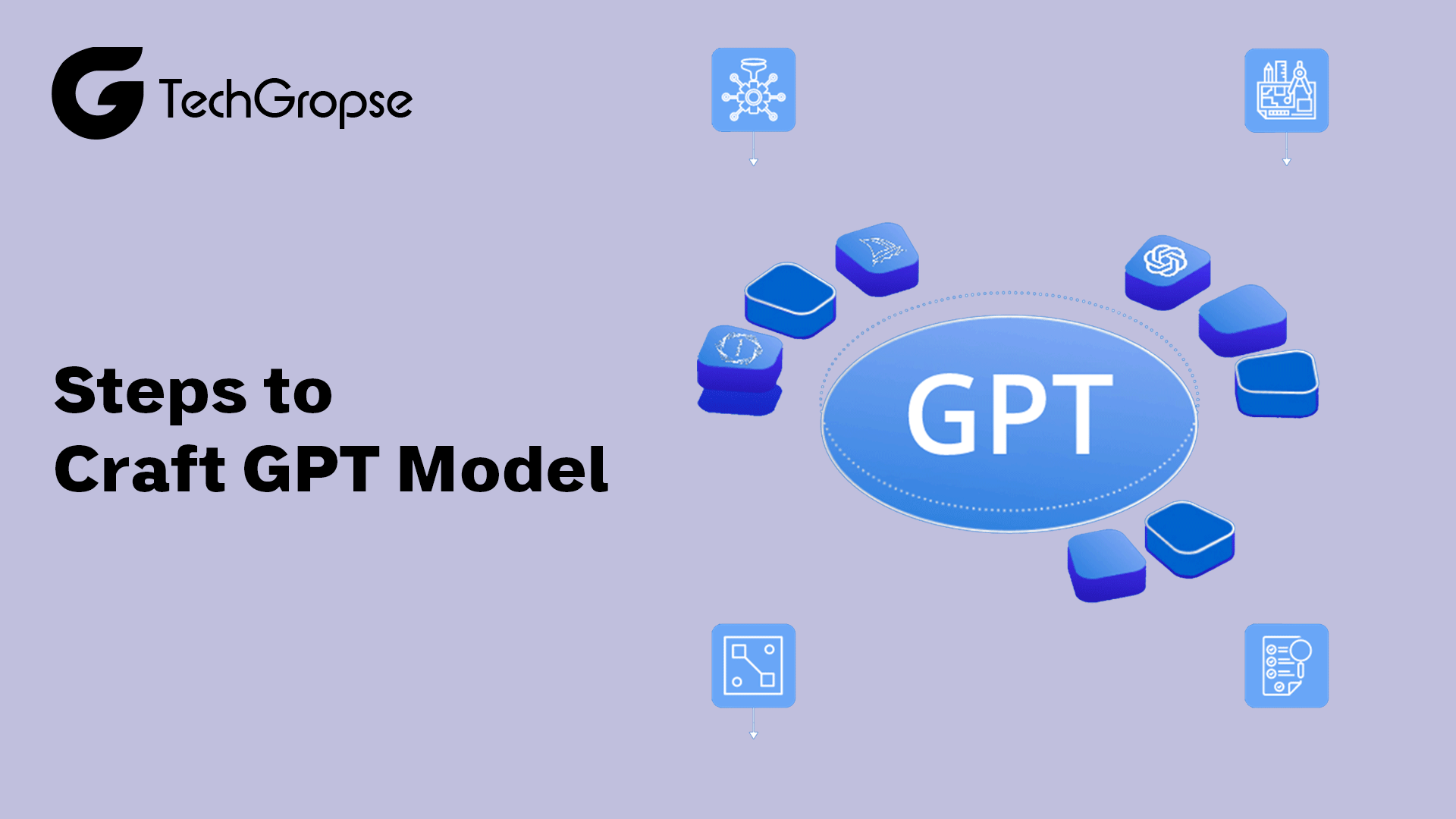
If you want to build a GPT model, you have to follow the complete procedure. For your help, we mention all the steps below:
- Data Preparation
In order to build a GPT model, you have to prepare data. For this, you need to collect a large amount of data, remove any irrelevant information, divide the text into smaller units, perform any required pre-processing tasks on the data, divide the cleaned and pre-processed data into different sets, create batches of the training data and convert the data to tensor.
Furthermore, you need to ensure that the data is of high quality, diverse, and in sufficient quantity to train the GPT model to avoid overfitting.
- Model Architecture Selection
This is another important step in building a GPT model. In order to choose a model architecture, you must consider the required factors such as task complexity, data characteristics and computational constraints. If you choose the model architecture carefully, you will never face difficulty building a GPT model.
- Model Training
Model training is another required step to build a GPT model. In this step, the model is exposed to vast amounts of text data and learns to predict the next word in a sequence based on the input context. During the training procedure, you can adjust the parameters so that its predictions become more accurate and achieve a certain level of performance.
- Model Evaluation
Lastly, model evaluation is an essential step you have to follow when deciding to build a GPT model. In order to perform the evaluation in this model, you need to set aside a portion of your training data for validation. During training, you must periodically evaluate the model on this validation rather than the training set.
You can always compare the model’s performance on the validation set to its performance on the training set to check for overfitting. However, you need to calculate various metrics based on the model’s predictions and compare them to the actual outputs.
Conclusion
Over the years, the demand for GPT has become high. This is why it gained more popularity among businesses; if you also decided to build a GPT model, you must follow all the required steps. In order to know all the steps, you can read this blog. Here we mention a step-by-step guide to building a GPT model.
Building a GPT model requires technical expertise, and integrating it into applications is made seamless with the help of skilled professionals specializing in mobile app development in San Francisco, CA.

Hello All,
Aman Mishra has years of experience in the IT industry. His passion for helping people in all aspects of mobile app development. Therefore, He write several blogs that help the readers to get the appropriate information about mobile app development trends, technology, and many other aspects.In addition to providing mobile app development services in USA, he also provides maintenance & support services for businesses of all sizes. He tried to solve all their readers’ queries and ensure that the given information would be helpful for them.






